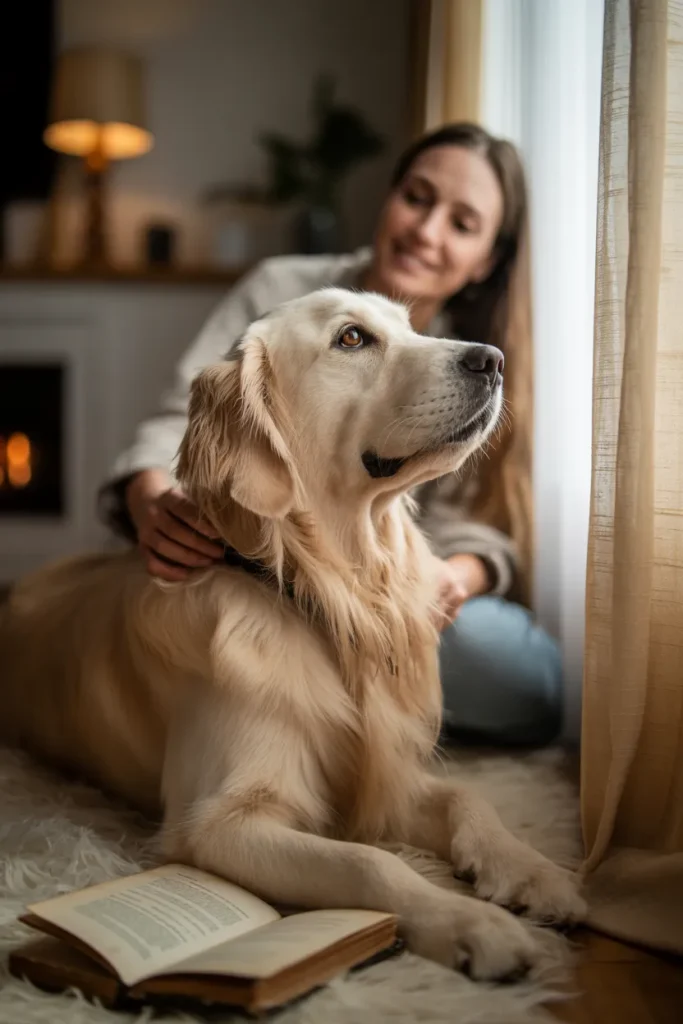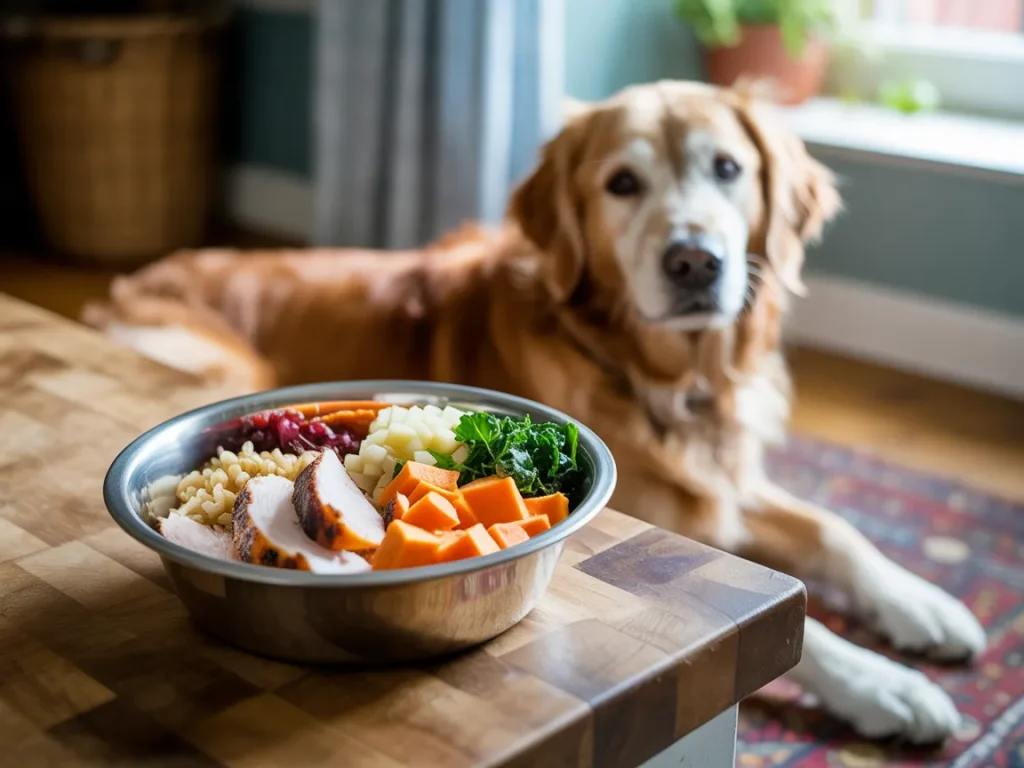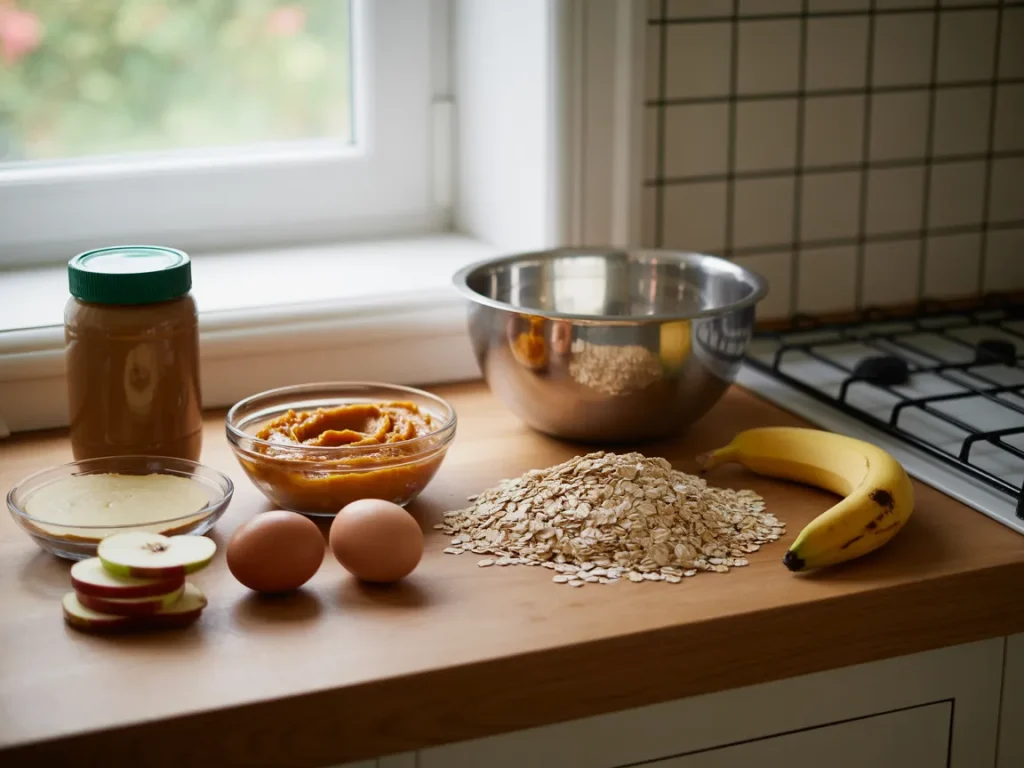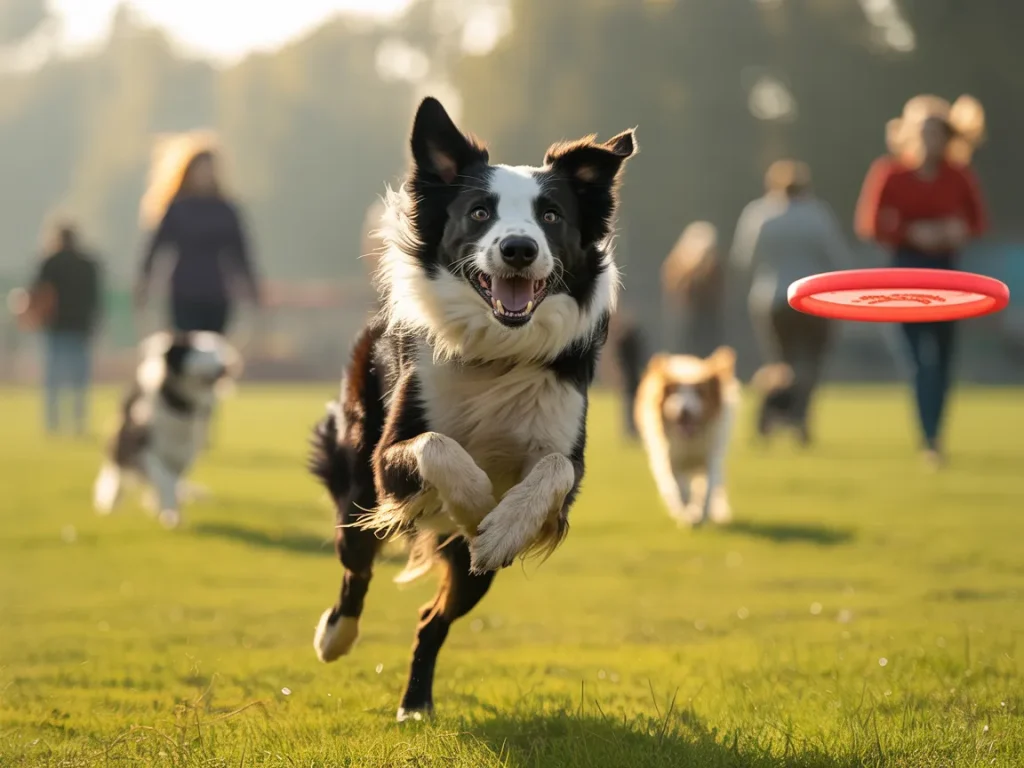Bringing a dog home is one of those life decisions that changes everything – in the best possible way. Suddenly, your house has a heartbeat when you walk through the door. There’s tail-wagging joy, morning snuggles, and someone who never judges your off-key singing.
But being a good dog parent? It’s not just about treats and tummy rubs. It’s a full-time gig that includes training, feeding, grooming, and yes, even celebrating those quirky pet birthdays. Whether you’re welcoming your very first pup or brushing up on the basics, this guide’s here to walk beside you – leash in hand.

Choosing the Right Dog for Your Lifestyle
Here’s the thing – not every dog is the right dog for you. The pup that melts your heart on Instagram might not be the best fit for your daily life. And that’s okay. Choosing a dog is a bit like dating: chemistry matters, but so does compatibility.
For more detailed breed information and compatibility insights, the American Kennel Club provides an excellent resource here.
Size, Breed, and Energy Level
Got a small apartment and a chill vibe? A French Bulldog or Cavalier King Charles Spaniel might be your spirit animal. But if you love morning runs and weekend hikes, a Labrador or a Border Collie could be your perfect sidekick.
Some dogs are like furry Energizer bunnies – they just keep going. Others are more like fuzzy footrests with occasional zoomies. Think less about looks and more about lifestyle.
Fun fact: A working breed without a job will find one – and you may not like their idea of interior design.
Rescue or Breeder?
Adopting from a shelter is one of the most heartwarming ways to find a loyal friend. Mixed-breed pups have just as much love to give (and sometimes fewer genetic health issues). Plus, you’re giving them a second shot at a happy life.
If you’re set on a specific breed and go through a breeder, make sure they’re not cutting corners. Ethical breeders care deeply about the health, temperament, and socialization of their pups – it’s not just a transaction, it’s matchmaking.
Allergies and Family Fit
Got someone in the house who sneezes at the sight of fur? Look into breeds like Poodles or Portuguese Water Dogs – they’re easier on allergy-prone noses.
For families with little kids, gentle giants like Golden Retrievers or sturdy breeds like Boxers tend to be patient with the chaos of childhood. Just make sure the match is mutual – both kid and pup should feel safe and loved.
Choosing the right dog isn’t about perfection. It’s about finding a companion who fits your rhythm, your quirks, and your home. Get that part right, and the rest comes easier.
Nutrition: Homemade vs Store-Bought Dog Food
Feeding your dog is more than filling a bowl – it’s fueling a life. And just like us, dogs thrive on real, nourishing food.
These days, more pet owners are exploring the homemade route. It’s like cooking for a family member – because, let’s face it, they are family.
Pros and Cons of Homemade Food
Making meals at home means you control every ingredient. No mystery meat, no weird by-products, no “what even is that?” on the label. You can use fresh chicken, roasted sweet potatoes, quinoa, spinach – a regular doggy feast.
But – and this is important – dogs have different nutritional needs than we do. A little too much of one thing or not enough of another, and you could accidentally cause health issues.
That’s why a vet or canine nutritionist should be part of the process if you go DIY. They’ll help you fill in the gaps with supplements or tweaks, so your dog’s not just full – they’re thriving.
For veterinary-approved nutritional advice, check out the VCA’s pet health resource library here.
When to Consider Homemade Meals
Some pups really benefit from homemade meals:
- Dogs with allergies or food sensitivities
- Seniors or pets recovering from illness
- Owners who want full control over quality – think organic, local, human-grade
Batch cooking is your best friend here. Make a week’s worth, portion it out, and freeze it. It’s like meal prep – but for your furry sous-chef who licks the spoon (and the floor, and your shoes).

When to Consider Homemade Meals
Homemade dog food is especially useful for:
- Dogs with food sensitivities or allergies
- Pets recovering from illness
- Owners who want to use organic or locally sourced ingredients
Some owners prepare food in batches and freeze meals to save time, making the process more manageable long-term.
Treat Time: Making Dog Treats at Home
Let’s be honest – dogs live for treats. That excited tail wag? It’s not just love – it’s anticipation. But treats aren’t just snacks; they’re powerful tools for training, bonding, and showing your pup they nailed that “sit” like a pro.
Sure, store-bought options are easy. But when you make treats at home, you know exactly what’s going into those happy little mouths – no weird additives, mystery meat, or unpronounceable fillers.
Why Go Homemade?
Homemade treats let you take the leash when it comes to ingredients. If your dog’s got allergies or a sensitive stomach, you can steer clear of common triggers. Plus, you can tailor flavors to your pup’s personal tastes – some dogs go nuts for peanut butter, while others are all about sweet potato.
Think of it like baking for a furry best friend. Ingredients like:
- Natural peanut butter (unsweetened and definitely xylitol-free)
- Pumpkin puree
- Oats or oat flour
- Bananas
- Eggs
- Shredded carrots or chopped apples
These aren’t just safe – they’re also packed with nutrients your pup will love.

Easy DIY Dog Treat Recipes
Don’t worry, you don’t need to be a pastry chef. Here are two foolproof recipes that’ll have tails thumping in no time:
Peanut Butter & Banana Bites
Mash 1 ripe banana and mix it with ½ cup peanut butter and 1½ cups oat flour. Roll into little balls, line them up on a baking sheet, and bake at 350°F (175°C) for 12–15 minutes. Let cool (if your dog will let them!).
Sweet Potato Chews
Slice a sweet potato into thin rounds – no thicker than a coin. Lay them flat on a baking tray and bake at 250°F (120°C) for about 2–3 hours until they’re dried out but still chewy.
Store your homemade goodies in an airtight container. They’ll keep in the fridge for about a week – or stash them in the freezer for longer.
Celebrating Special Moments: Dog Birthday Cakes & More
Your dog might not know it’s their birthday… but you bet they’ll feel the love. These days, more pet parents are going all-in on doggy celebrations – and honestly, why not? Every tail wag, every cuddle, every moment of unconditional love deserves a little fanfare.
Whether it’s their birthday, gotcha day, or just a “you’re the best” kind of afternoon, a celebration makes memories for both of you.
Making the Perfect Dog Cake
A cake for dogs? Absolutely. And no, you don’t need fancy molds or obscure ingredients. Just a few pantry staples and a little bit of love.
Here’s a simple, dog-approved cake recipe:
- 1 cup whole wheat flour
- 1 tsp baking soda
- ¼ cup peanut butter
- ¼ cup unsweetened applesauce
- 1 egg
Mix everything together and pour it into a greased pan (a small round one works great). Bake at 350°F (175°C) for 20–25 minutes. Let it cool before frosting.
For the “frosting”? Blend plain Greek yogurt with mashed banana or pumpkin puree. It spreads like frosting and looks the part -plus, dogs love it.
Top it off with a few blueberries or a crunchy biscuit crown. And yes, stick in a birthday candle for the photo – just don’t let your dog blow it out with their nose.

Celebration Ideas
Looking to go the extra mile? Here are a few easy ways to make your dog’s big day unforgettable:
- Head to their favorite park for a playdate
- Gift a brand-new squeaky toy or chew
- Set up a treat “buffet” with all their faves
- Make a little dog-friendly goodie bag to take home from the party
At the end of the day, it’s not about the cake or the decorations – it’s about giving your dog the same joy they give you every single day. And maybe snapping a few adorable photos while you’re at it.
Exercise, Training, and Mental Enrichment
Let’s face it – dogs weren’t built to be couch potatoes. Even the snuggliest lapdog has instincts and energy that need an outlet. Without it? You might find your favorite shoes mysteriously “redesigned.”
Movement, structure, and brain games are just as important as belly rubs. A dog that’s tired (in a good way) is happier, calmer, and far less likely to chew your couch cushions into modern art.
Daily Physical Activity
At the very least, every dog needs a daily walk. Think of it as their version of checking Instagram – they sniff, explore, and catch up on who peed where.
High-energy breeds like Huskies, Border Collies, or Dalmatians? They’re the marathon runners of the dog world. Two hours a day – including fetch, off-leash runs, or agility games – isn’t too much for them. Smaller or older pups don’t need as much, but they still benefit from moving those paws.
Mix it up: try different walking routes, explore new parks, or turn fetch into a mini adventure. Variety isn’t just the spice of life – it keeps tails wagging.

The Importance of Training
Training isn’t just about obedience – it’s about communication. It’s how you and your dog learn to understand each other.
Start simple: “sit,” “stay,” “come,” “down,” and “heel.” These basic commands are the building blocks of good behavior and safety. Don’t underestimate the power of a well-timed “stay” when your dog spots a squirrel across the street.
Use positive reinforcement – treats, praise, happy tones. Skip the yelling or punishment. Think of training as a team sport, not a boot camp.
And here’s a secret: training builds your dog’s confidence, especially if they’re shy or reactive. Every time they succeed, they feel like a superstar.
Mental Stimulation Matters
A tired body is great. But a tired brain? That’s golden.
Dogs love to think. They were born to sniff, search, solve, and figure things out. Mental enrichment keeps them sharp – and out of trouble.
Try this:
- Hide treats around the house and let them hunt
- Rotate toys weekly so they don’t get bored
- Teach fun tricks like “spin,” “roll over,” or “go find it”
- Use puzzle toys, treat-dispensing balls, or frozen food-stuffed Kongs
You don’t need fancy equipment – just a little creativity and a dog who loves a challenge.
Grooming, Health, and Home Safety
Even the scruffiest mutt needs a spa day. Grooming isn’t just about looks – it’s about comfort, health, and catching problems before they get serious. And health care? That’s the foundation of a long, happy life together.
Grooming Routine by Coat Type
Your dog’s coat is like their wardrobe – and some “outfits” need more upkeep than others:
Short-haired dogs (Beagles, Boxers): A quick weekly brush helps shed loose fur and keeps skin happy.
Medium to long-haired dogs (Golden Retrievers, Shih Tzus): Brush every 2-3 days to stop mats before they start.
Double-coated breeds (Huskies): Bust out the undercoat rake during shedding season – your vacuum will thank you.
Baths? Every 4–8 weeks is usually fine, unless your dog finds a mud puddle or rolls in something “fragrant.” Always use dog shampoo – their skin isn’t built for human products.
Health Essentials
Let’s talk vet stuff. It’s not the most exciting part of pet parenthood, but it’s one of the most important:
- Vet Visits: A yearly checkup keeps tabs on health. Puppies and seniors may need visits more often.
- Vaccines: Core shots protect against the nasties – rabies, parvo, distemper. Your vet will guide you on extras.
- Parasite Prevention: Fleas, ticks, and heartworms don’t take vacations. Stay ahead with year-round preventatives.
- Dental Care: Yep, dogs need their teeth brushed too. Aim for 2–3 times a week to avoid tartar and bad breath.
Pet-Proofing Your Home
Dogs are curious creatures. Sometimes a little too curious.
Here’s how to keep your home safe:
- Keep meds and cleaners up high and out of reach
- Hide strings, socks, and small objects they might chew or swallow
- Secure trash cans (dogs are gourmet dumpster divers)
- Close toilet lids and block off access to dangerous foods (chocolate, grapes, onions)
Also, prep for emergencies. Have a pet first aid kit and keep a list of local 24/7 vet clinics handy. Better safe than scrambling at 2 a.m.
For more tips on keeping your home safe and dog-friendly, visit the ASPCA’s care guide here
The Bond Between Human and Dog
A dog isn’t “just” a pet. They’re your shadow, your cheerleader, your fur-covered therapist. The connection you share with your dog shapes how they see the world – and how they move through it.
This bond? It’s built in the small moments: a look, a nuzzle, a shared slice of pizza crust.
Everyday Connection Matters
Dogs crave connection. They notice when you greet them with joy, invite them into the room, or simply talk to them like a friend.
That daily rhythm – the walks, the play, the quiet evenings – builds trust. It tells your dog, “You belong here. You’re safe. You’re loved.”
Training helps, too. When your dog knows what you expect and sees your pride when they get it right, they bloom. Celebrate the little wins -they matter more than you think.
Recognizing Emotional Needs
Dogs feel things. Boredom, loneliness, anxiety – it’s all real for them. And since they can’t exactly text you “I’m not okay,” it’s up to us to pay attention.
Watch for subtle signs: hiding, licking themselves too much, acting out suddenly. These could be cries for attention, affection, or a change in routine.
To support them emotionally:
- Offer a cozy, quiet spot to decompress
- Use touch and soothing tones (if your dog enjoys it)
- Avoid yelling or harsh corrections – they don’t teach, they scare
Dogs don’t need perfect owners. They need calm, kind, consistent ones.

A Relationship That Grows Over Time
Puppies need rules and social time. Adults need challenges and steady care. Seniors? They need patience, soft beds, and help with the stairs.
Your dog’s needs will shift as they grow – and your love will grow right alongside them.
Owning a dog is messy, magical, unpredictable, and profoundly rewarding. It’s a relationship rooted in love, loyalty, and the kind of joy only a wagging tail can deliver.
Disclaimer: This article is for informational purposes only. Always consult a licensed veterinarian or certified dog trainer for guidance specific to your dog’s needs and health.